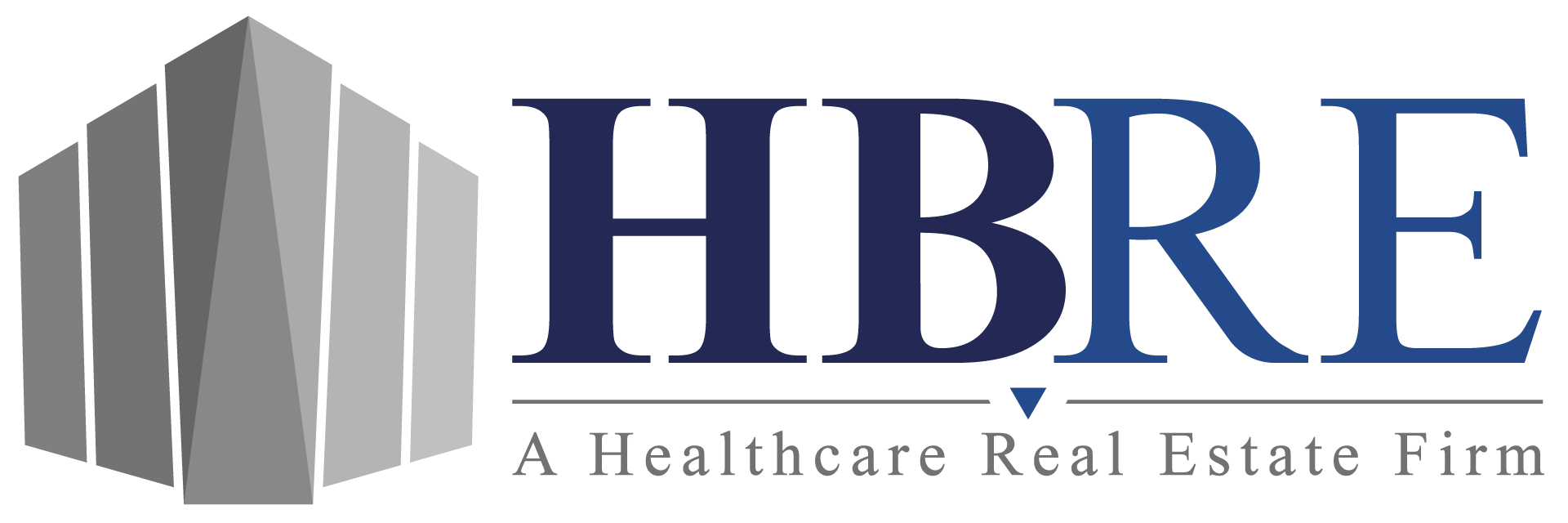The outlook of medical real estate is headed in a positive direction. Demand for this sector of commercial real estate has increased in recent years. And while the pandemic resulted in a pause for some construction projects, it actually moved the deadline forward for others. Developers have now reported an uptick in their project completion for 2021.
So with new developments on the horizon, it only makes sense that more investors, developers, landowners, and health systems would want to increase their real estate portfolio. Some healthcare real estate users may be looking to build or even lease a new development, but are unsure where to start. We have a few suggestions that can help provide clarity when it comes to building a medical facility from the ground up.
Know When to Build and When to Buy an Existing Medical Facility
While having a brand new medical facility is exciting, it isn’t always the best option for healthcare real estate users or landlords. Sometimes, new developments are less cost-effective than purchasing existing facilities or pursuing adaptive reuse space. Medical personnel often work with healthcare real estate advisors who provide site selection, organize and analyze the deal, and negotiate the terms of a deal.
Build-to-Suit
In build-to-suit transactions, the landlord or developer owns the land but will allow a prospective tenant to design a new building that will meet their specific needs. The tenant then leases the building from that property owner or landlord. These are especially popular in the case of tenants who cannot find the type of property they are looking for within their desired market. For example, a hospital may need a large, multi-floor medical facility in a specific location. But if they cannot find a vacant property that can meet the needs of their substantial staff and patient base, they may choose a build-to-suit deal. In build-to-suit transactions, the tenant that helped design the property is usually the only tenant in that building. Some medical real estate advisors work with both landlords and tenants to ensure the negotiations are right for both parties.
From the Landlord’s Perspective
When a landlord engages in build-to-suit negotiations, they may have a specific set of guidelines or requirements for the tenant. From a financial standpoint, they will need to know how much capital they will need to contribute to the project. The landlord will also need to review zoning and planning details as well as information about the site work. They may even require guarantees from their tenants.
From the Tenant’s Perspective
Tenants who plan to enter a build-to-suit agreement will need to focus heavily on the design documents to make sure every finish is selected and every detail is documented. That design document will ensure that the tenant gets an accurate construction bid. During the construction process, the design documents help keep the project on track, clear confusion that may arise between parties, and allow the tenant to avoid costly change orders.
Have the Right Business Partners
Choose the Right Developer for your Medical Facility
Each medical facility is as unique in its design as it is in its functionality. Where a standard office building may have plumbing for bathrooms, a cafeteria, and break room kitchen spaces, a medical facility may need plumbing for all of that and more. For example, clinic patient rooms need sinks, operating rooms need scrub sinks, and hospitals need full bathrooms for each regular patient room. Additionally, imaging facilities that host MRI, CT Scanner, or X-ray equipment require an experienced developer and/or contractor. You will need a radiation shielding physicist report to determine requirements for lead lining walls. Sometimes there are additional MEP (mechanical, electrical, and plumbing) needs as well as the building supply required to operate these uses. A healthcare group should select a developer that is aware of these types of unique needs for medical real estate.
Choose the Right Healthcare Real Estate Team for your Medical Facility
HBRE offers a team of skilled and experienced healthcare real estate advisors. Our team assists medical groups, serving the needs of both landlord and tenant clients. We travel around the United States, offering our expertise on all things real estate, including site selection. Then, we guide our clients throughout the transaction, negotiating lease terms and assisting with their long-term real estate goals.
Building a medical facility from the ground up can be an intimidating process. But having the right real estate partners makes a significant difference in the quality of a healthcare real estate transaction. Any medical group that is interested in build-to-suit agreements or those who are seeking to build a new medical facility should reach out to the HBRE team to ensure they have a positive real estate experience.
If you are interested in learning more about investing in commercial real estate, or if you have questions about buying, selling, or leasing a commercial property, please contact an HBRE advisor. Our team of experienced CRE professionals have the skills and insight to assist with all property transactions. To reach out to us directly, email [email protected], call 615-564-4133, or follow us on Linkedin.




